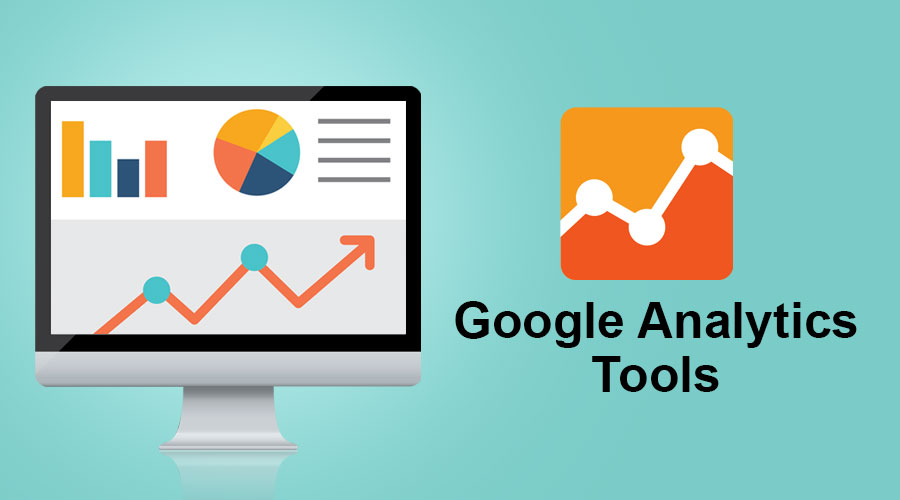Google Analytics is a free web analytics service offered by Google that tracks and reports website traffic. The tool provides insights into how users interact with a website, including the number of visitors, where they come from, how long they stay, and what actions they take on the site. This information is valuable for website owners as it helps them understand how well their site is performing and what changes they can make to improve the user experience. In this blog, we will discuss the benefits of using Google Analytics and how to get started with the tool.
Benefits of Using Google Analytics:
- Website Traffic: One of the primary benefits of Google Analytics is the ability to track website traffic. It provides a wealth of information about the number of visitors, the sources of traffic, and how users interact with the site. This information is essential for website owners as it helps them understand which content is resonating with their audience and where they need to focus their efforts.
- User Demographics: Google Analytics provides detailed information about user demographics, including age, gender, and location. This information is valuable as it allows website owners to tailor their content to their target audience and make informed decisions about the design and layout of their site.
- Traffic Sources: Google Analytics provides information about the sources of website traffic, including organic search, direct traffic, and referral traffic from other sites. This information is valuable as it helps website owners understand how users are finding their site and what changes they can make to improve visibility in search engines.
- Conversion Tracking: Google Analytics allows website owners to track conversions, such as form submissions, product purchases, and email sign-ups. This information is essential for website owners as it helps them understand which pages and actions are driving conversions and what changes they can make to improve conversion rates.
- Customization: Google Analytics provides a range of customization options, including the ability to create custom reports and dashboards, set up custom alerts, and create custom segments to analyze specific groups of users. This customization allows website owners to focus on the data that is most relevant to their business goals and objectives.
Getting Started with Google Analytics:
- Sign Up: To get started with Google Analytics, you need to sign up for a free account. During the sign-up process, you will be asked to provide basic information about your website, including the URL, industry, and target audience.
- Install Tracking Code: Once you have created an account, you will need to install the tracking code on your website. The tracking code is a small snippet of code that needs to be added to every page of your site. You can find the tracking code in your Google Analytics account under the “Admin” tab.
- Configure Settings: After you have installed the tracking code, you will need to configure your Google Analytics settings. This includes setting up custom dimensions and metrics, creating custom alerts, and setting up conversion tracking.
- Analyze Data: Once your Google Analytics account is set up, you can start analyzing your website data. The tool provides a wealth of information, including website traffic, user demographics, traffic sources, and conversion tracking. You can view this information in the form of reports, graphs, and dashboards, and you can use this information to make informed decisions about your website and online marketing strategy.
In conclusion, Google Analytics is an essential tool for website owners and online marketers. The tool provides valuable insights into website traffic, user demographics, traffic sources, and conversion tracking, allowing website owners to make informed decisions about their site and online marketing strategy. If you are not already using Google Analytics, we highly recommend setting up an account and taking advantage of all the benefits of this powerful tool.
Hey there, I’m an expert in digital marketing and span multiple channels, including search engine optimization (SEO), pay-per-click advertising (PPC), social media marketing, email marketing, and content marketing. With a data-driven approach and a deep understanding of the ever-evolving digital landscape, I create customized strategies that drive growth and engagement for clients. Let’s connect to discussion for your growth!


